pam pam pameeeeela
21.11.2024 20:22 — 👍 0 🔁 0 💬 0 📌 0gass🎄
@gassi97.bsky.social
que no pase un dia sin que dé mi opinión de mierda (ahora también en bluski!!) 🇵🇸
@gassi97.bsky.social
que no pase un dia sin que dé mi opinión de mierda (ahora también en bluski!!) 🇵🇸
pam pam pameeeeela
21.11.2024 20:22 — 👍 0 🔁 0 💬 0 📌 0por qué siempre digo uy perdón cuando se chocan conmigo o algo así aunque la culpa no sea mía??? soy gilipollas 🥹🥹
20.11.2024 14:58 — 👍 0 🔁 0 💬 0 📌 0cojón de mamut
19.11.2024 06:56 — 👍 0 🔁 0 💬 0 📌 0
Photo of smiling and frowning faces.
Today is National Have A Bad Day Day.
19.11.2024 05:08 — 👍 1592 🔁 142 💬 123 📌 414iba a poner que a ver cuándo inventan un calefactor portátil para ir por la calle pero a lo mejor la solución sería no siempre ir medio en bolas
19.11.2024 06:34 — 👍 0 🔁 0 💬 0 📌 0q bonito el tiempo q nunca llegue el frío y la lluvia viva el cambio climático abajo 2030 yo q sé
18.11.2024 15:31 — 👍 0 🔁 0 💬 0 📌 0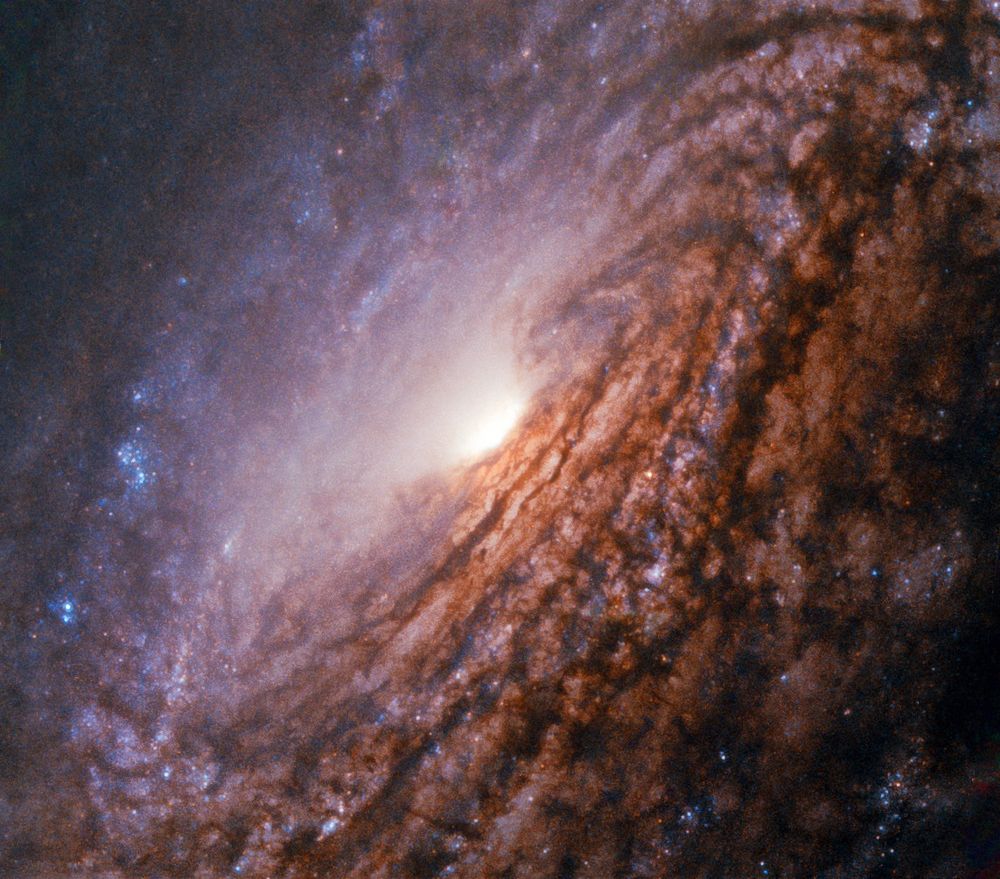
A close-up shot of a spiral galaxy. A bright core is seen edge-on, with spiral arms surrounding it. These arms are full of dark brown dust and hazy blue star formation.
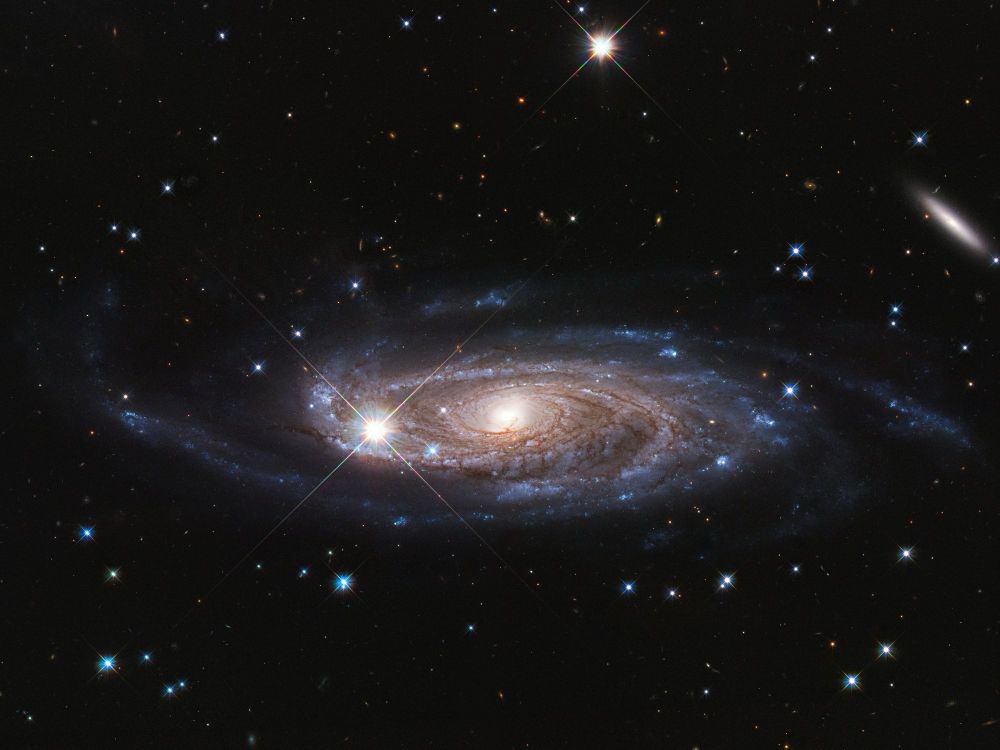
Slightly oblique view of a spiral galaxy with a glowing yellow central core and two spiral arms that wind clockwise from the center. The arms consist of dark reddish-brown dust trails that are vein-like and hazy clouds of blue stars. The outer regions of the galaxy appear bluer, with bright clusters of blue stars sparsely lining the outer edges of the spiral arms. There are a few foreground stars that have bright white or blue cores with colorful fuzzy halos and four diffraction spikes radiating from their centers. Scattered across the dark background are thousands of faint objects that vary in size, shape, and color. Most appear as small dots, ovals, or lines in different shades of orange, red, and blue.
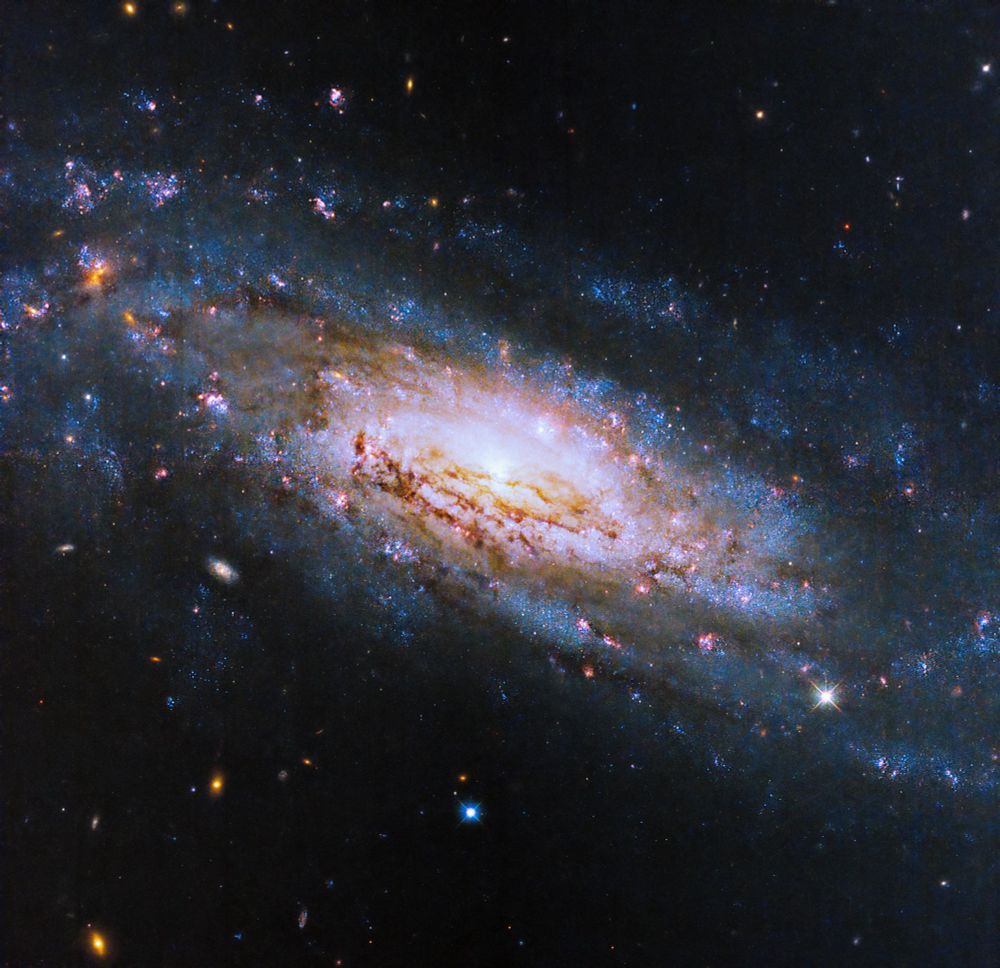
A massive spiral galaxy fills the image. A bright, yellow galactic core glows at the center, surrounded by spiral arms studded with pink stars and dark lanes of dust.
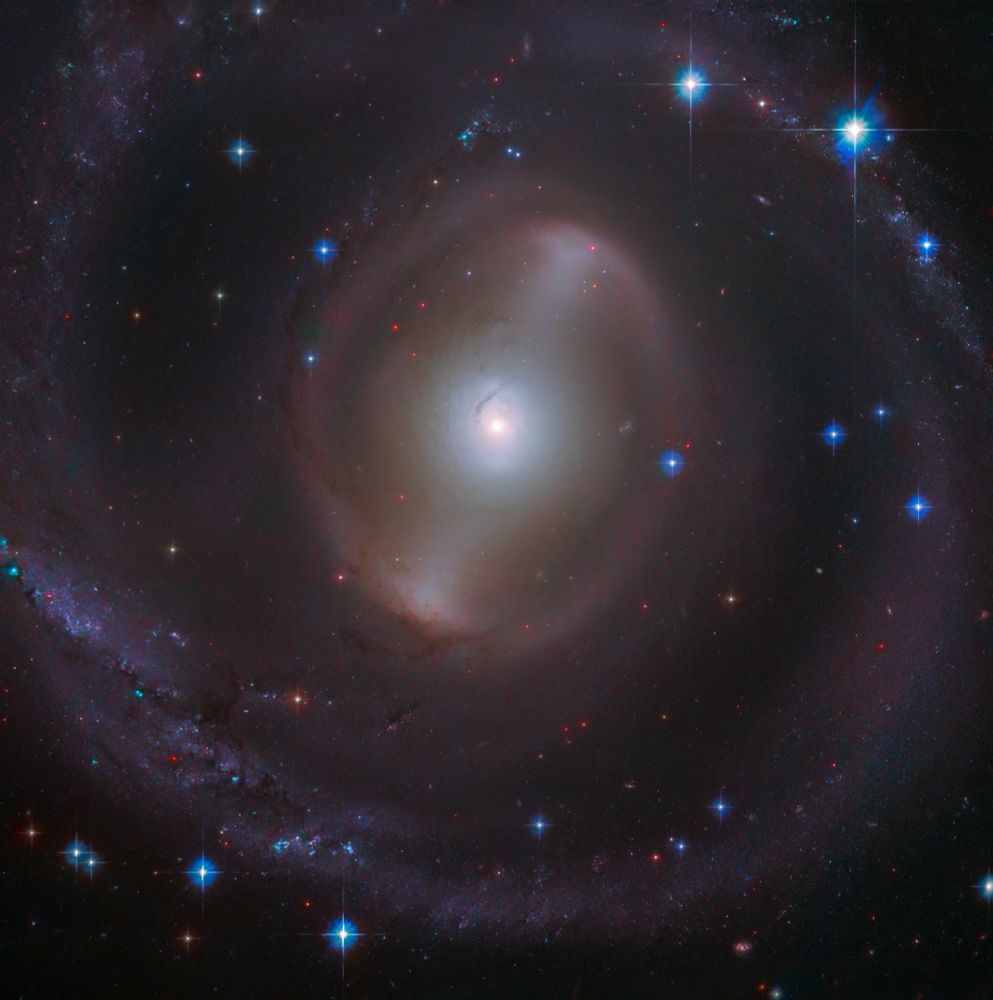
A massive spiral galaxy fills the image. A bright, yellow galactic core glows at the center, surrounded by spiral arms studded with pink stars and dark lanes of dust.
galaxies 🌌
16.11.2024 04:27 — 👍 2170 🔁 164 💬 16 📌 7
Pedro Pascal and Paul Mescal at the ‘GLADIATOR II’ premiere
14.11.2024 18:58 — 👍 304 🔁 37 💬 3 📌 13necesito tener esto también en esta red social
17.11.2024 13:05 — 👍 1 🔁 0 💬 0 📌 0
Paul Mescal photographed by Greg Williams for Hollywood Authentic. 📷
15.11.2024 18:26 — 👍 119 🔁 16 💬 0 📌 8totally spies
17.11.2024 12:22 — 👍 761 🔁 160 💬 12 📌 28Comparte este post si Bluesky te parece mejor que Twitter...
O si crees que Israel es un estado genocida.
cocinaconcoqui hazte bluski porfa
17.11.2024 12:54 — 👍 0 🔁 0 💬 0 📌 0
A star cluster is shown inside a large nebula of many-coloured gas and dust. The material forms dark ridges and peaks of gas and dust surrounding the cluster, lit on the inner side, while layers of diffuse, translucent clouds blanket over them. Around and within the gas, a huge number of distant galaxies can be seen, some quite large, as well as a few stars nearer to us which are very large and bright.
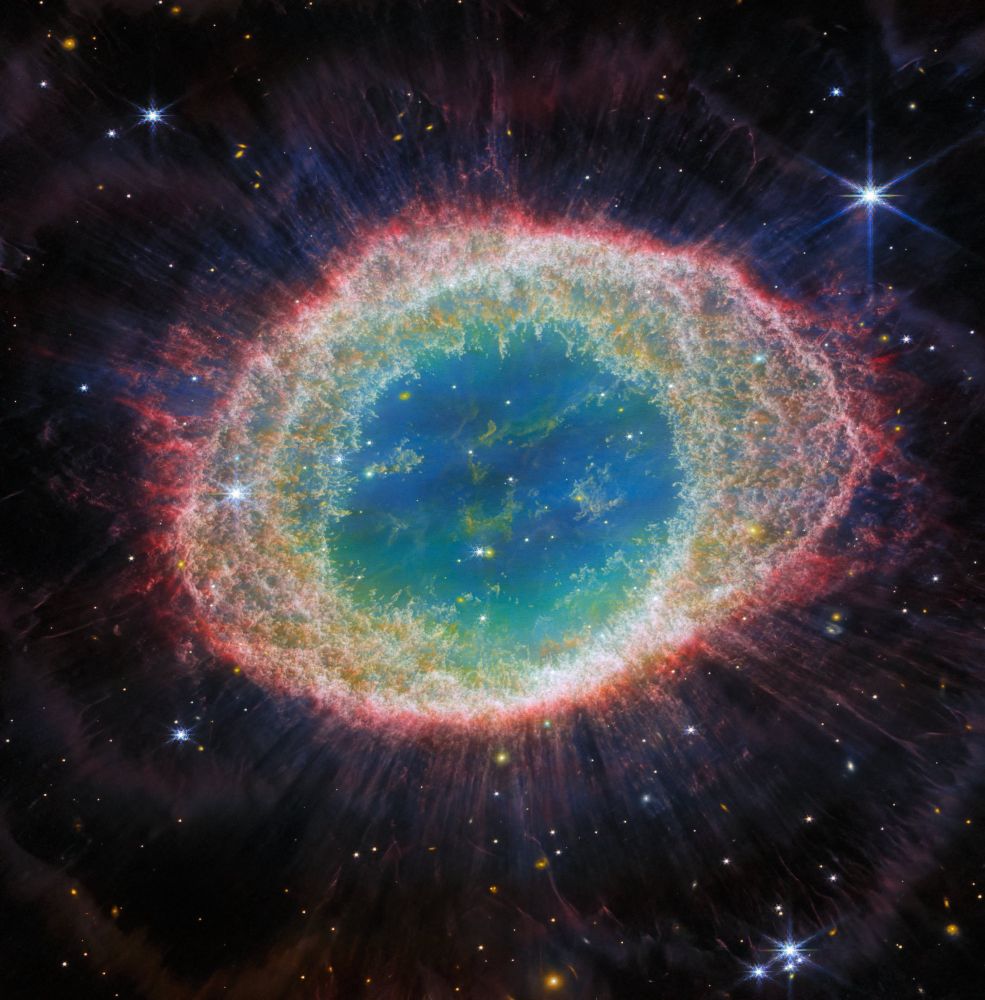
This image of the Ring Nebula, taken by Webb’s Near-Infrared Camera, appears as a distorted doughnut. The nebula’s inner cavity hosts shades of blue and green, while the detailed ring transitions through shades of orange in the inner regions and pink in the outer region. The ring’s inner region has distinct filament elements. Stars litter the scene, with a particularly prominent star with 8 long spikes in the top right corner.

The image is divided horizontally by an undulating line between a cloudscape forming a nebula along the bottom portion and a comparatively clear upper portion. Speckled across both portions is a starfield, showing innumerable stars of many sizes. The smallest of these are small, distant, and faint points of light. The largest of these appear larger, closer, brighter, and more fully resolved with 8-point diffraction spikes. The upper portion of the image is blueish, and has wispy translucent cloud-like streaks rising from the nebula below. The orangish cloudy formation in the bottom half varies in density and ranges from translucent to opaque. The stars vary in color, the majority of which, have a blue or orange hue. The cloud-like structure of the nebula contains ridges, peaks, and valleys – an appearance very similar to a mountain range. Three long diffraction spikes from the top right edge of the image suggest the presence of a large star just out of view.
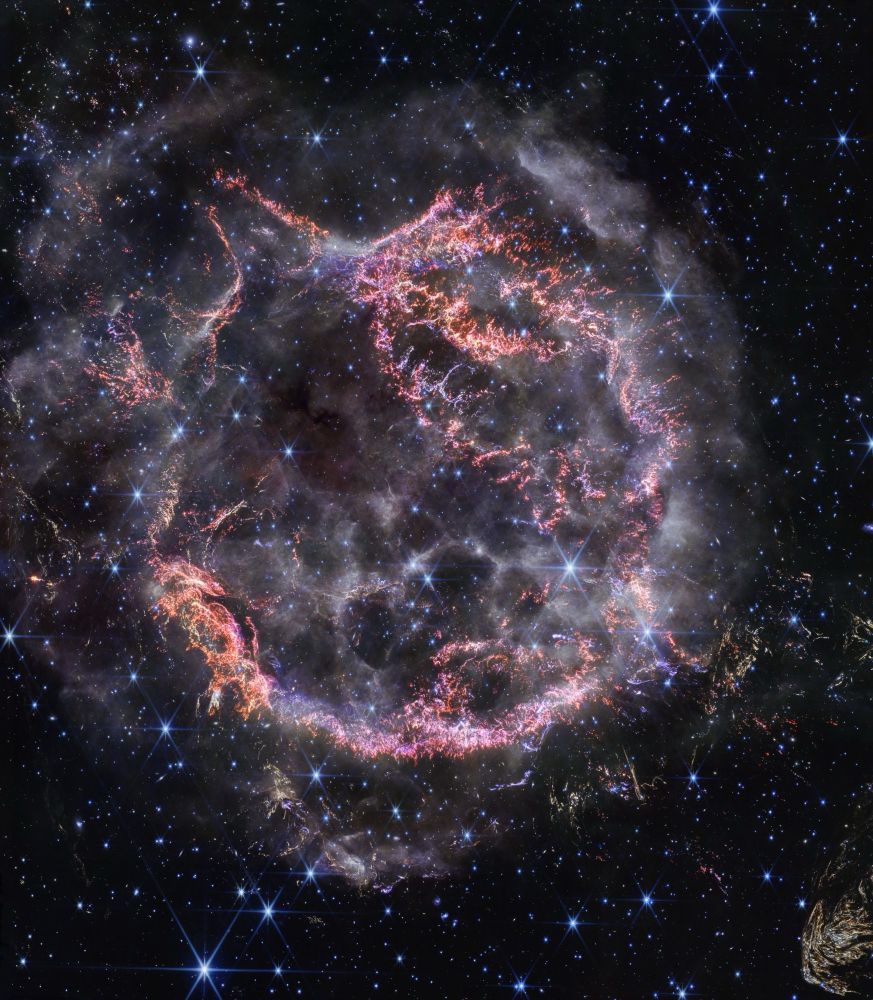
Cassiopeia A, a circular cloud of gas and dust with complex structure. The inner shell is made of bright pink and orange filaments studded with clumps and knots. Around the exterior of the inner shell, particularly at the upper right, there are curtains of wispy gas that look like campfire smoke. The white smoke-like material also appears to fill the cavity of the inner shell, featuring structures shaped like large bubbles. Around and within the nebula, there are various stars seen as points of blue and white light. Outside the nebula, there are also clumps of yellow dust, with a particularly large clump at the bottom right corner that appears to have very detailed striations.
my favorite jwst images 🌌
16.11.2024 01:56 — 👍 11159 🔁 855 💬 105 📌 39
I warned you there'd be dad jokes.
16.11.2024 10:18 — 👍 19817 🔁 1183 💬 306 📌 97
pa difundir aquí cosas positivas y lindas: esta es Lola
15.11.2024 08:48 — 👍 1 🔁 0 💬 0 📌 0
#Bluesky
13.11.2024 17:01 — 👍 39279 🔁 3571 💬 307 📌 108me podrían poner mis seguidos de la red social malvada aquí, q ante todo soy vaga
14.11.2024 13:07 — 👍 8 🔁 0 💬 0 📌 0
The background of space is black. Thousands of galaxies appear all across the view. Their shapes and colors vary. Some are various shades of orange, others are white. Most stars appear blue, and are sometimes as large as more distant galaxies that appear next to them. A very bright star is just above and left of center. It has eight bright blue, long diffraction spikes. Between 4 o’clock and 6 o’clock in its spikes are several very bright galaxies. A group of three are in the middle, and two are closer to 4 o’clock. These galaxies are part of the galaxy cluster SMACS 0723, and they are warping the appearances of galaxies seen around them. Long orange arcs appear at left and right toward the center.

A massive cloud of gas and dust is seen in dark, dusty red, with its outer portions a translucent, ethereal gray. Several stars and distant galaxies are scattered throughout the image.

A circular-shaped nebula with a complex structure. On the circle’s exterior, particularly on the left side of the image, are curtains of material glowing orange like fire. Interior to this outer shell is a ring of mottled filaments in bright pink, studded with clumps and knots. A greenish loop extends from the upper right of the ring into the central cavity. Translucent wisps of blue, green, and red appear throughout the image.

The star cluster Pismis 24 lies within the much larger emission nebula called NGC 6357, located about 8,000 light-years from Earth. The cluster is seen here above a small portion of the nebula. The gas below the stars glows through ionization caused by intense ultraviolet radiation from the massive young stars within the cluster. The strong radiation and stellar winds from from these blazing, blue-white stars also pushes the nebular material outward, creating one of many low-density bubbles within NGC 6357.
once again thinking about the fact that this is all just OUT THERE and we can only see it through the eyes of telescopes
13.11.2024 18:45 — 👍 46099 🔁 3456 💬 478 📌 150